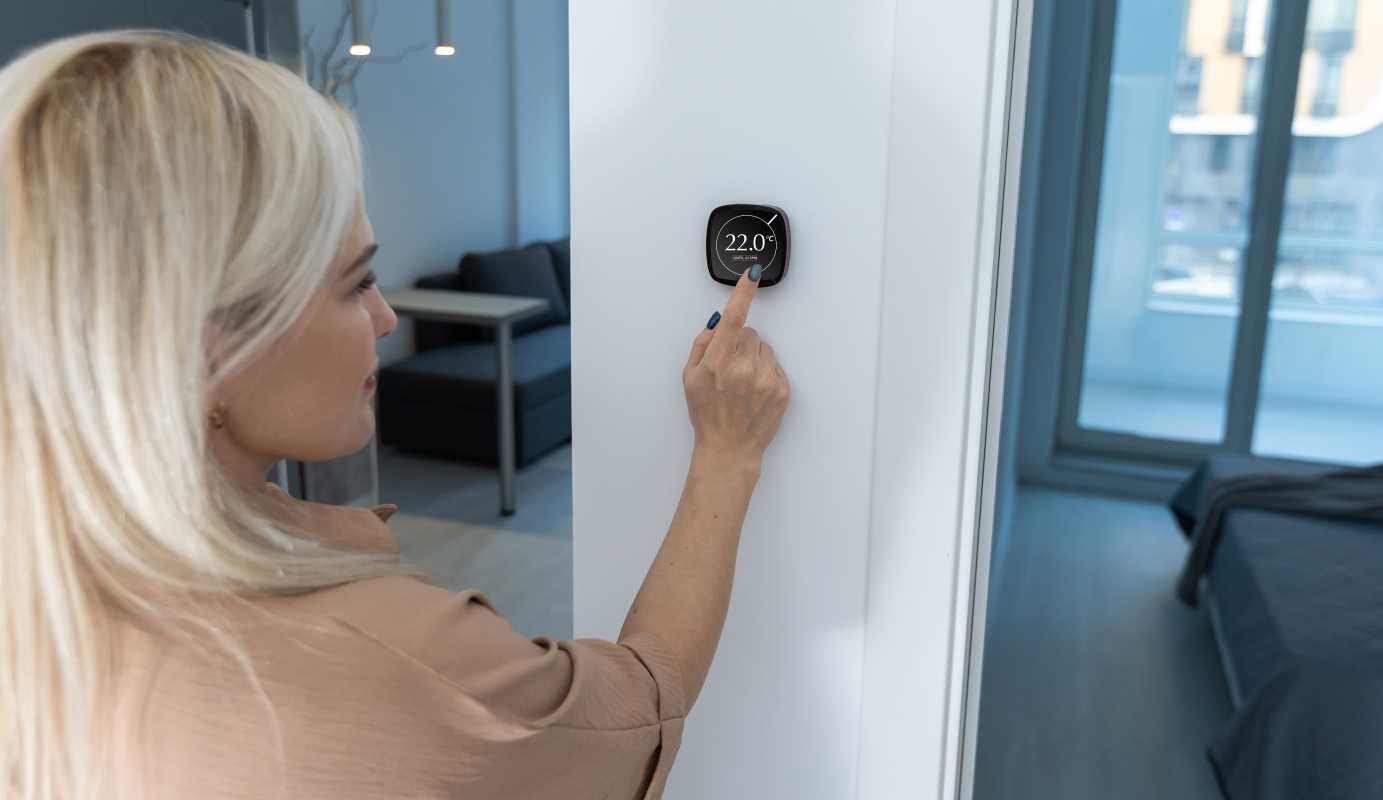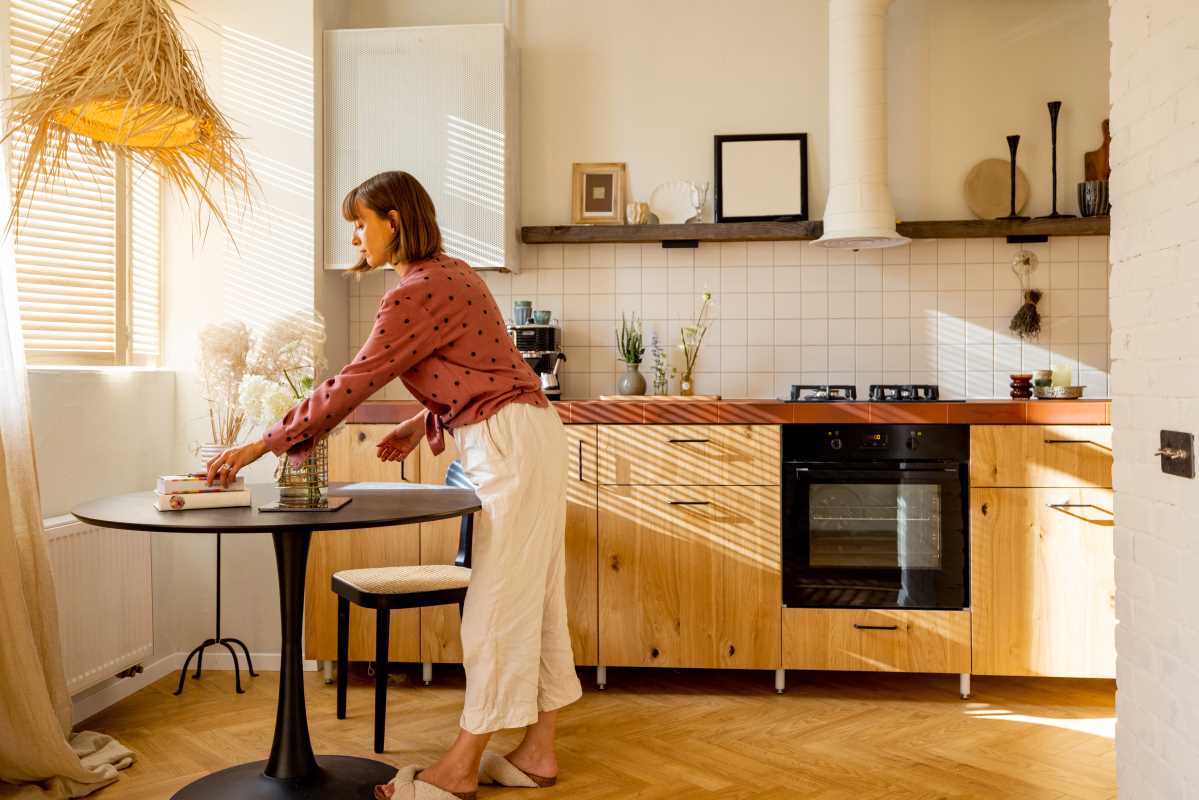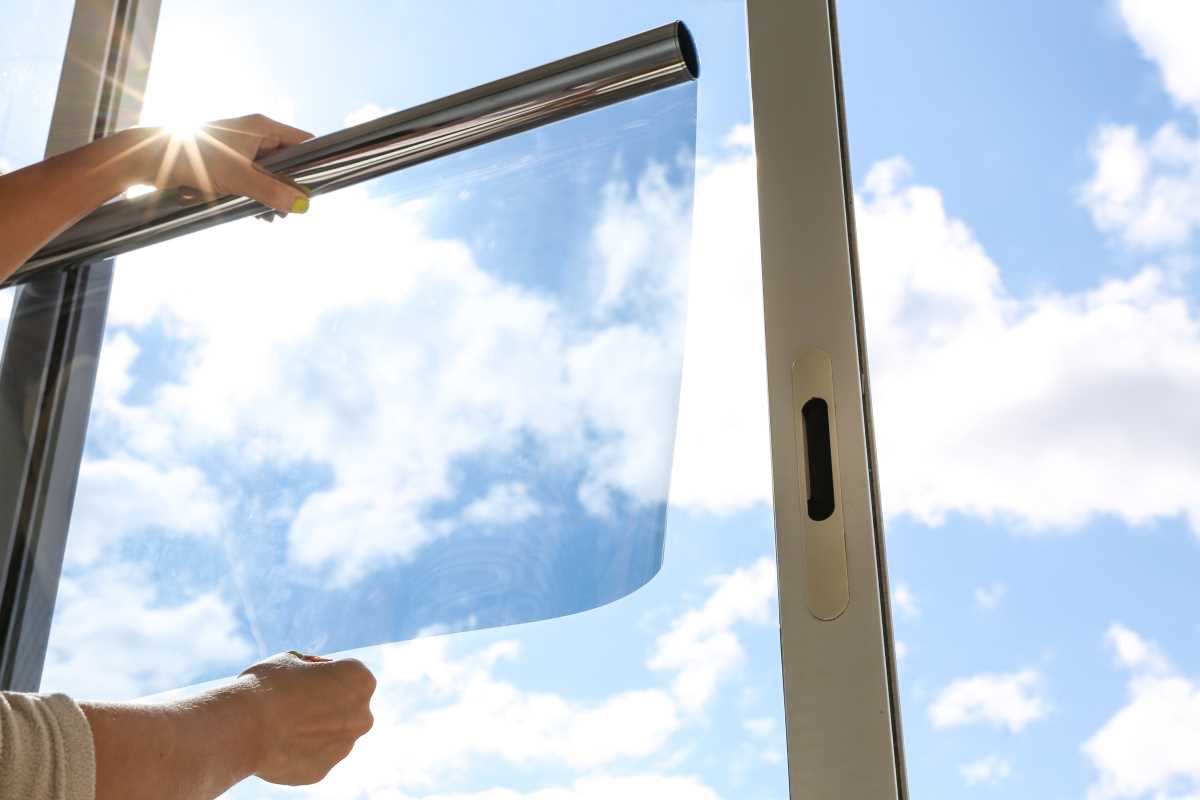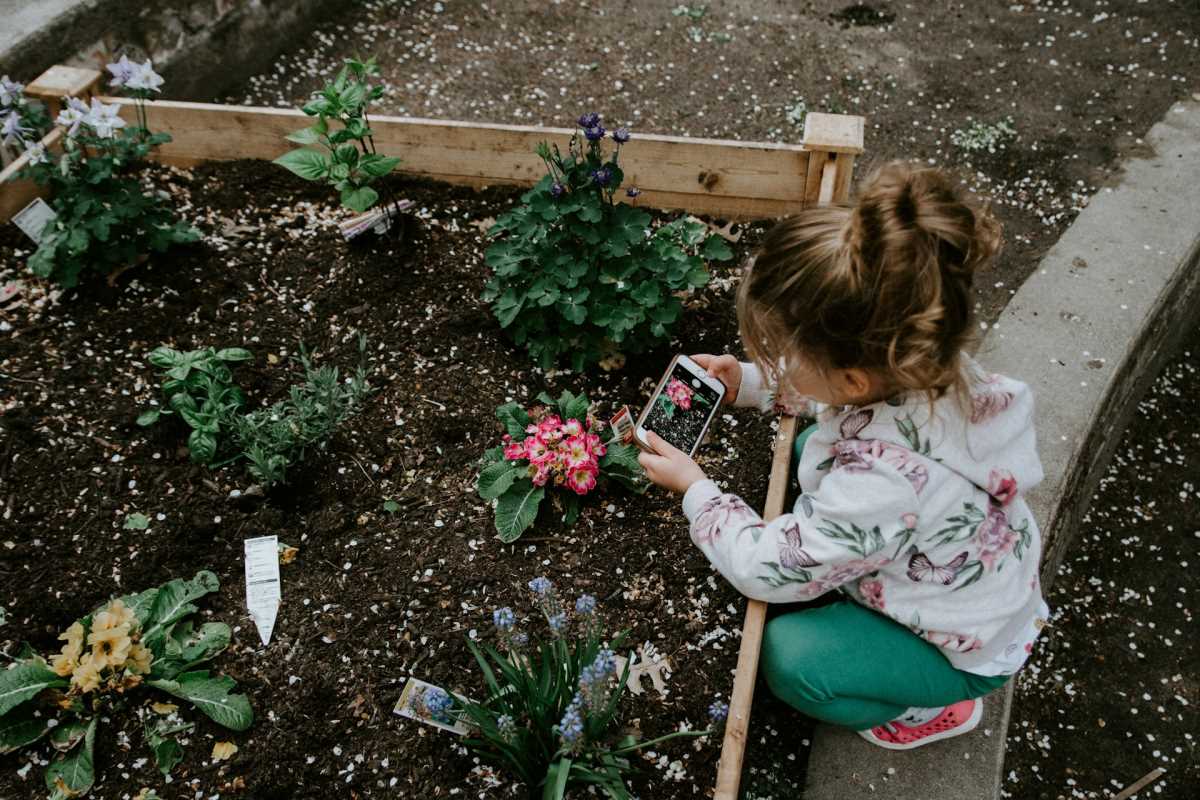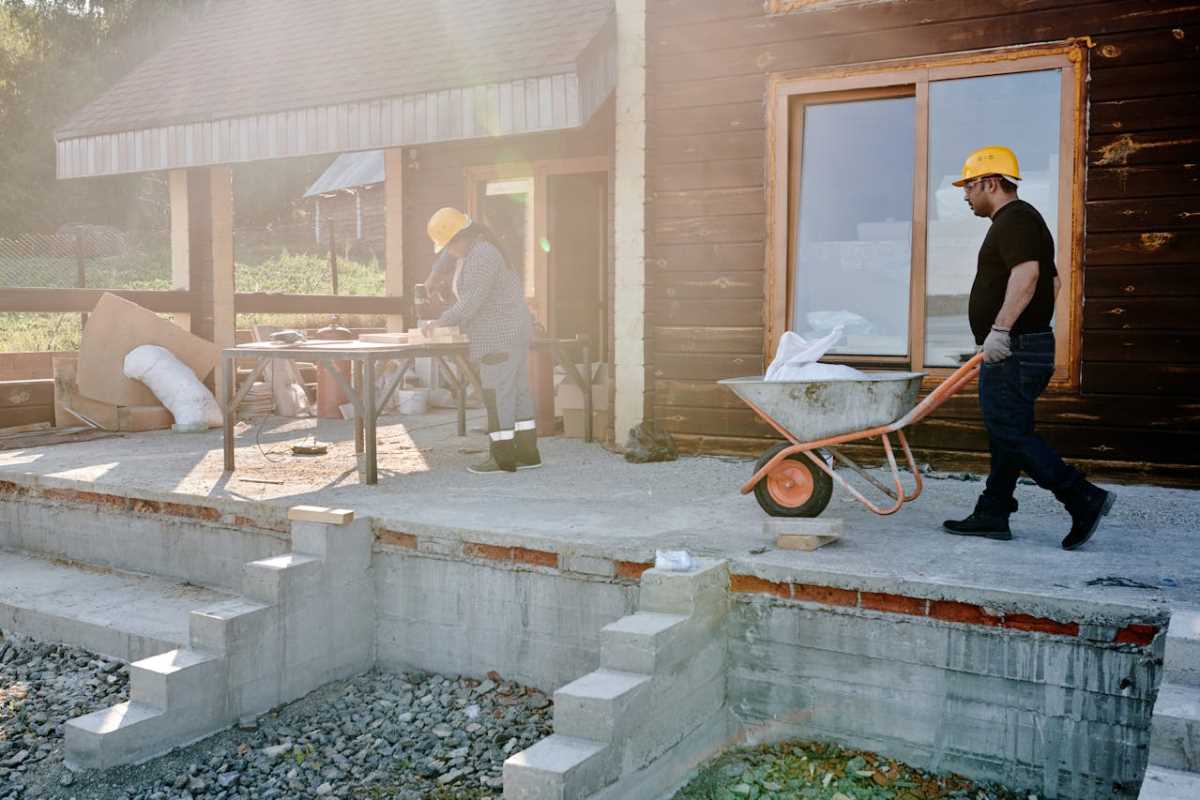The kitchen can be a delightful gathering place, but with its sharp objects, hot surfaces, and cleaning supplies, it can also pose risks for curious kids.
Kid-proofing the kitchen is essential to ensure a safe environment for your little ones. Here are some practical steps you can take to create a safer, kid-friendly kitchen while still maintaining its functionality.
Secure Cabinets and Drawers
Cabinets and drawers often contain potentially dangerous items such as sharp utensils, cleaning products, and small appliances. Prevent little hands from getting into these areas by installing childproof locks.
Several options are available, including magnetic locks, sliding latches, and adhesive straps that won’t damage your cabinetry.
For items you use daily, such as dishes and non-hazardous cookware, consider storing them in upper cabinets. Keeping sharp or breakable objects out of reach can greatly reduce risks. Alternatively, store commonly used items on countertops so you don’t have to unlock cabinets repeatedly, but ensure they’re far back from the edge to prevent tipping.
Install Stove and Oven Guards
Hot surfaces, like the stovetop and oven, are one of the most significant hazards in the kitchen. Install stove knob covers to prevent kids from accidentally turning on burners. Many stove guards are designed to be easy for adults to remove, allowing quick access when you need it.
An oven door lock is another helpful tool that keeps kids from opening the oven and potentially burning themselves.
If you have a gas stove, consider installing a barrier guard that covers the front edge of the stovetop to make it harder for kids to reach over and touch hot pans or flames.
Use Anti-Tip Brackets for Large Appliances
Appliances such as ovens, dishwashers, and refrigerators can be dangerous if they tip over, which can happen if kids climb on open doors. To prevent this, secure large appliances to the wall with anti-tip brackets. Most newer ovens come with these brackets, but if yours doesn’t, they’re available at most hardware stores and are simple to install.
Refrigerators should also be kept secure, as their doors can be tempting for little ones to pull open. If necessary, consider using a refrigerator lock or teaching kids early that the fridge is off-limits without supervision.
Organize a Kid-Friendly Cabinet
Designating a lower cabinet as a kid-friendly space can be a great way to satisfy your child’s curiosity safely.
Fill this cabinet with items they’re allowed to explore, such as plastic bowls, cups, and even some play kitchen utensils. Having a safe space that’s just for them might reduce their interest in other cabinets.
You can also store a few non-perishable snacks within their reach. This can make snack time more independent and prevent them from rummaging around for food when they get hungry.
Make sure this kid-friendly cabinet is the only accessible one for young children, keeping other potentially harmful items locked away.
Eliminate Choking Hazards
Kitchens are full of small objects that can pose choking hazards. Pay close attention to anything small enough to fit through a toilet paper roll, as these items are small enough to be swallowed by young children.
Common choking hazards in the kitchen include food items like grapes, nuts, and cherry tomatoes. Cut these into smaller pieces before serving, or keep them out of reach entirely. Keep any small objects, including coins, bottle caps, or twist-ties, in drawers or containers that are inaccessible to kids.
Anchor Electrical Cords
Toasters, mixers, and blenders often have dangling cords that little hands may be tempted to pull. Anchor these cords behind appliances or use a cord keeper to secure them. If possible, unplug appliances when not in use and keep cords coiled and out of sight.
For countertop appliances that stay plugged in, try to position them far back from the edge of the counter, making it more challenging for kids to reach them.
You may also want to consider installing plug covers on low outlets to prevent children from inserting objects or pulling on cords.
Keep Cleaning Supplies Locked Away
Cleaning products contain chemicals that can be harmful if ingested, inhaled, or even touched. Store all cleaning products, detergents, and dishwashing liquids in a locked cabinet, ideally one that’s out of reach for younger kids.
Alternatively, you can switch to natural, non-toxic cleaners. While these products are generally safer than traditional cleaners, it’s still best to keep them out of reach to avoid any accidental ingestion.
Use Safety Gates and Door Locks
If your kitchen layout allows it, consider installing a safety gate at the kitchen entrance to keep young children out during cooking or cleaning times.
Retractable gates are convenient options if you don’t want a permanent barrier and are easy to open when you need full access to the kitchen.
If you have a pantry or laundry room connected to the kitchen, use door locks to keep these areas off-limits. Pantries often contain food items or products that could be a hazard to kids, such as dry goods that pose choking risks or large containers that can tip over.
Create Safe Cooking Habits
Kitchen safety extends to your behavior, too. When cooking, make a habit of using the back burners on the stovetop whenever possible, which helps keep hot pots and pans out of reach. Always turn pot handles inward so children can’t grab or bump into them.
Teach older children about kitchen safety as they grow, emphasizing safe cooking practices and explaining why some areas or actions are off-limits.
For example, you can show them the difference between the hot and cool parts of the stove or explain that the oven should never be opened without adult supervision.
Clean Up Spills Promptly
Spills and dropped food can be slippery, making the kitchen floor a potential hazard. Clean up any spills immediately to prevent slips or falls, especially if you have toddlers who are just learning to walk.
Consider using a slip-resistant rug in front of the sink and other high-traffic areas, which provides a more stable surface and reduces the chances of falls.
Store Sharp Objects Carefully
Knives, scissors, and other sharp utensils should be stored in a locked drawer or high cabinet. Knife blocks may look convenient on the countertop, but they’re within reach for older kids and toddlers who like to climb.
Instead, consider storing knives in a drawer with a lock or in a wall-mounted magnetic strip that’s well out of reach.
For added protection, look for kitchen tools with rounded edges or safety features if you often have kids helping in the kitchen. As they get older, teach them how to handle these tools safely under supervision.
A kid-proof kitchen doesn’t have to mean giving up convenience or design. By following these tips, you can create a safe kitchen environment without compromising on style or functionality. With a few adjustments, you can make the kitchen a place for both you and your kids to enjoy safely.
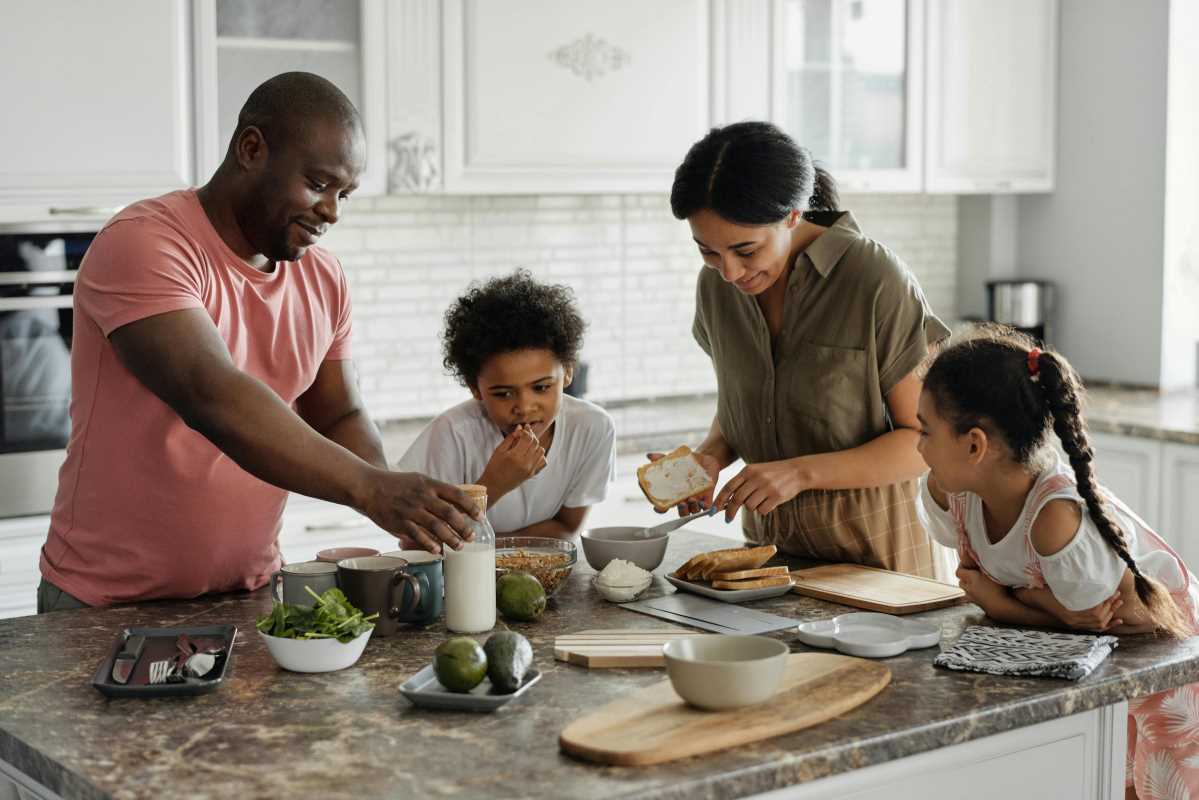 (Image via
(Image via